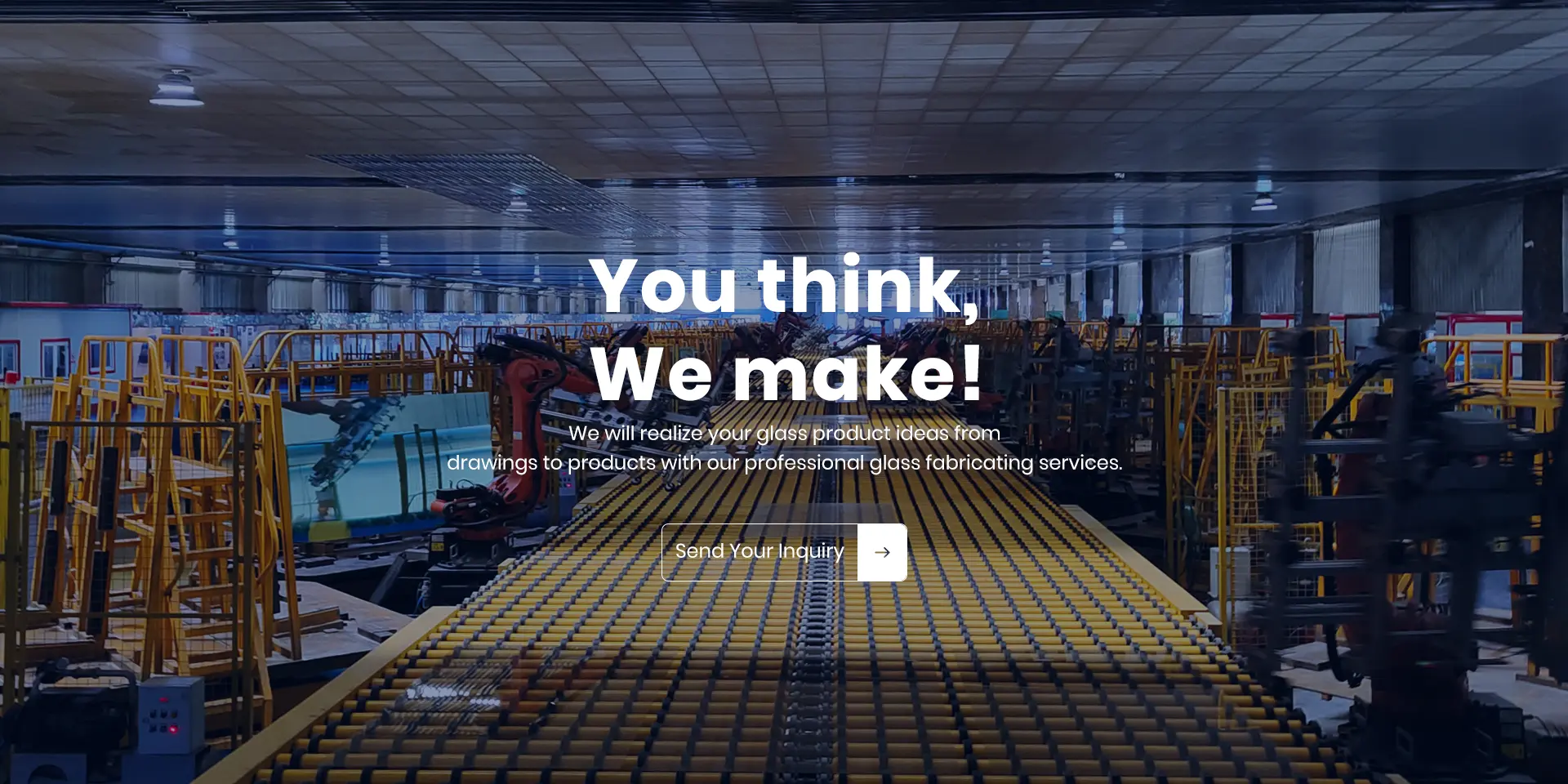9 月 . 17, 2024 05:59 Back to list
Explore Different Types of Glass Coatings for Enhanced Protection
Understanding Glass Coating Types
Glass coatings play a crucial role in enhancing the properties and functionalities of glass surfaces. They serve various purposes, including protection, aesthetic appeal, and energy efficiency. Different types of glass coatings are available, each designed to meet specific needs. This article explores some of the most common glass coating types, their applications, and benefits.
1. Low-E Coatings
Low-emissivity (Low-E) coatings are designed to reduce the amount of heat that is transferred through glass. These coatings are often applied to windows in residential and commercial buildings to improve energy efficiency. By reflecting infrared light while allowing visible light to pass through, Low-E coatings help maintain indoor temperatures. This can lead to lower heating and cooling costs, making them popular in climates with extreme temperatures.
Reflective glass coatings are primarily used for aesthetic purposes and glare reduction. By applying a metallic layer to the glass surface, reflective coatings can reduce the amount of sunlight that enters a building, thus minimizing heat gain. These coatings are commonly used in skyscrapers, offices, and commercial buildings, where excessive glare can be an issue. Additionally, they enhance privacy without sacrificing natural light, making them an attractive choice for urban environments.
3. Anti-Reflective Coatings
glass coating types

In contrast to reflective coatings, anti-reflective coatings minimize glare and improve light transmission through the glass. They are used in applications such as eyeglasses, camera lenses, and high-definition displays. These coatings reduce reflections, resulting in clearer visibility and improved image quality. In architectural applications, anti-reflective coatings can enhance the aesthetic appeal of storefronts and showcase displays by allowing more light to pass through.
4. Scratch-Resistant Coatings
Scratch-resistant glass coatings provide an additional layer of protection against scratches and wear. These coatings are essential for surfaces that are exposed to high levels of abrasion, such as in vehicles, electronic devices, and glass doors. By increasing the durability of the glass, scratch-resistant coatings not only extend the life of the product but also maintain its clarity and visual appeal over time.
5. Self-Cleaning Coatings
Self-cleaning glass coatings utilize advanced technology to break down dirt and grime. These coatings typically employ photocatalytic properties that activate upon exposure to sunlight, allowing rainwater to wash away contaminants easily. Self-cleaning glass is ideal for buildings in urban environments, where pollution and dirt accumulation can be rapid. This innovation not only reduces maintenance efforts but also enhances the appearance of glass surfaces.
Conclusion
The advancements in glass coating technology have made it possible to enhance the functionality and aesthetics of glass in diverse applications. Understanding the different types of glass coatings—Low-E, reflective, anti-reflective, scratch-resistant, and self-cleaning—can help consumers and industry professionals choose the right products for their specific needs. As technology continues to evolve, the future of glass coatings promises even greater efficiency and versatility, making them indispensable in modern architecture and design.
-
Wired Glass: A Strong and Secure Glass Solution for Various Applications
NewsNov.04,2024
-
Tinted Glass: A Stylish and Functional Choice for Modern Homes
NewsNov.04,2024
-
The Elegance and Versatility of Silver Mirrors
NewsNov.04,2024
-
The Advantages of Copper Free Mirrors
NewsNov.04,2024
-
Tempered Glass: A Reliable Choice for Modern Applications
NewsNov.04,2024
-
Pattern Glass: Stylish and Functional Glass for Modern Design
NewsNov.04,2024
Related PRODUCTS














